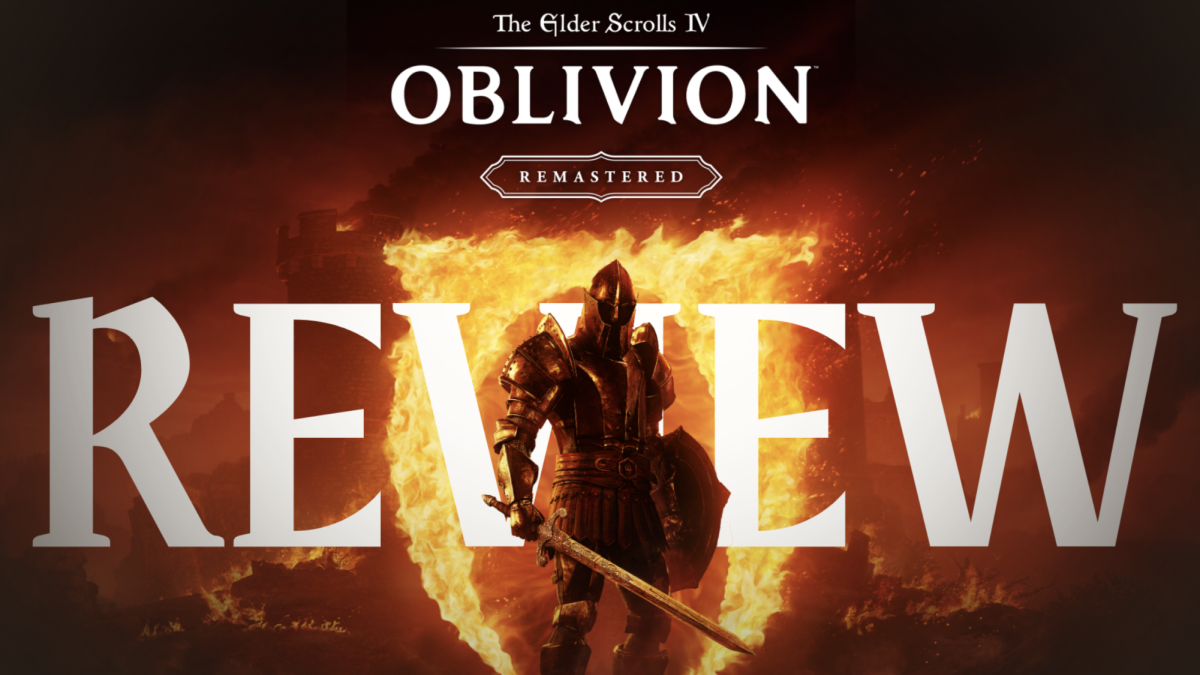Sacramento reggae scene gaining popularity
April 26, 2007
Beyond your typical nightlife, discover a scene where the music makes you sway to a pulsating beat, a friendly, relaxed vibe fills the room and hordes of diverse peoplewho seemed dazed by an artistic sound welcome you with open arms and smiles. Among the crowd are some people who call themselves”rastas,” and they are typically representingthe traditional Jamaican colors of red, yellow and green. Dreadlocks, Jamaican wraps and knitted caps are common attire at this place. Sometimes a peculiar scent, perhaps smoke combined with some type of herb or plant, fills the air.
A culture that originated in Jamaica during the late 1960s exists here in Sacramento. Reggae is a culture as well as a genre of music. Several years ago, a reggae scenebegan in Sacramento and has remained exclusively underground since.
It has reached numerous parts of the globe. If people can’t understand the words, they can move to the mellow, effervescent beats.Matthew Pailes, aka Ras Matthew, is a local reggae artist. “Right now it’s really big,” Pailes said. “Reggae is huge in Japan, Germany and France.”
Pailes reminisced about his two favorite experiences, performances on a small island in Puerto Rico and on the beaches of Japan.
Though the sound has spread throughout the world, the Jamaican music began with influences from ska music, which is a mix of calypso, American jazz and rhythm and blues. Since then, it has evolved into other categories, such as reggae dancehall, and has merged with other genres like hip-hop.
Steve Franklin is also known as DJ ESEF. He is a reggae and hiphop disc jockey and is in charge of reggae dancehall night at TheCapitol Garage in downtown Sacramento.
The culture generally goes hand in hand with the Rastafarian religion. Rastafarians have philosophical beliefs that the former Emperorof Ethiopia, Haile Selassie I, is theembodiment of God, Franklin said. Followers of the Rastafarian religion call themselves “Rastas.”
The Rastafarian religion has been around since the early 1900s.
“Since then there has been a greatRastafari movement,” Franklin said. “Rastafarian and reggae culture has become a worldwide phenomenon.”
This phenomenon has reached Sacramento and is growing rapidly. Reggae-themed nights can be found every Wednesday, Friday and Sunday night. Wednesday nights, “Reggae on the River” takes place at The Blue Gecko, located at 1379 Garden Highway. Friday nights, “Get Down with the Champion Sound” takes place at The Capitol Garage located at 15th and K streets. On Sunday nights, The Blue Lamp, located at N Street and Alhambra Boulevard, hosts a reggae night.
On any of these given nights, local reggae artists and fans come together to share the love of the reggae sound. The Capitol Garage on Fridays is the most popular of the events in Sacramento. It is a very intimate, low-lit atmosphere. People with their hair styled in dreadlocks or wearing large headwraps are often seen grooving and hangingout. Jamaican style is not required, and it has evolved greatly and has begun to merge with hip-hop and skater styles. Rastas aren’t the only people who attend the dancehalls. Crowds are diverse with all different kinds of people.
“The atmosphere every Friday is very positive and very uplifting. There are people from all different walks of life,” Franklin said. “You have people that go there that are just college kids trying to just come hear the music; you have reggaeconnoisseurs . . . DJs . . . skaters . . .(and) people who would usually listen to a lot of hyphy music come there. There are just all different walks of life coming there and everybody is real accepting ofeverybody else. So it’s a real positiveenvironment.”
The event welcomes anyone who wants to have a good time. The venue consists only of a friendly ambiance and typically gets packedaround 11 p.m.
Local reggae artists such at DJ ESEF, Ras Matthew and special guests usually perform songs or spin reggae tracks. These artists have been contributing and workingtogether for years to keep the phenomenongoing and growing.
Surrounded by exotic musical instruments and wearing a large knitted hat holding up his dreadlocks is a smiley-faced Pailes. TheSacramento reggae scene has typically been underground, but is definitely growing. He said he is happy to be a part of the growth.
He spins tracks Friday and Saturday nights to packed crowds and considers himself a singer, songwriter, producer, MC, DJ andannouncer.
Pailes has a CD titled, “Kings Music.” His songs are available on iTunes. A popular song on the album, titled, “Ganja in my Brain,” is a “rebel tune,” Pailes said. Thesong supports the Rastafarian idea and belief of the legalization of ganja (marijuana) for relaxation, meditation, spiritual and medical purposes, Pailes said.
Generally, topics in reggae music cover ganja, spirituality, modern political references, injustice and things going wrong in the world, as well as lighter topics such as women and dancing.
“Sometimes the music is about a girl and it’s a real slack tune to just get your body moving,” Pailes said, referring to easy-going, fun and laidback songs as “slack tunes.” “Mainly, I try to stay a consciousartist, but even every conscious artist sometimes has to have a slack girl tune.”
Beyond soulful music, the decades-old reggae culture greatly exemplifies spirituality and is progressively making a prominent stance in Sacramento and around the world.
Mindy Yuen can be reached [email protected]




























































































































